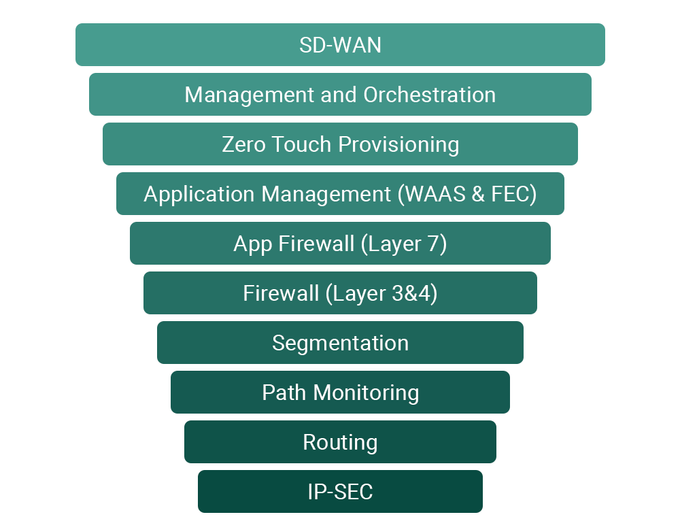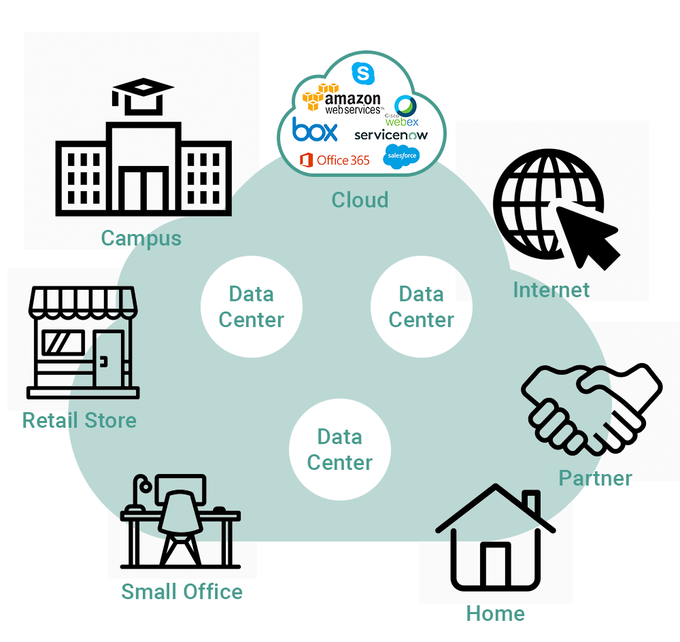Why a Multi-Vendor SD-WAN Strategy Makes Sense
Discover the advantages of a modular, open-source approach to SD-WAN with flexiWAN and learn why a multi-vendor strategy can be more beneficial than relying on a single bloated software stack for diverse networking and security requirements.
Updated May 10, 2024

Using one bloated software stack for all use cases is a compromise enterprises and service providers shouldn’t make.
For many enterprises and service providers, a multi-vendor SD-WAN strategy makes the best operational and financial sense. Trying to force a single vendor solution to meet all requirements for all use cases is not feasible. In a world of faster, better, cheaper, and more secure, there are trade-offs. This is one reason why we all do not drive the same car.
We at flexiWAN believe that a modular, open architecture, open source approach empowers enterprises and service providers to utilize what they need for different use cases versus buying a single monolithic SD-WAN software stack.
The SD-WAN market started as a way of adding functionality that did not exist with just straight IPsec tunnels. It has grown to incorporate many additional networking and security features, as illustrated in Figure 1.
The networking and security requirements for each of these sub-networks are very different in terms of speed, reliability, flexibility, level of control, and costs.
A large campus or manufacturing site will need very robust SD-WAN software with all the network performance and security functions. While a small office may just require basic network functions and the ability to be cloud managed in a very simple and cost effective way. Internetworking data centers, clouds, and partner networks, in most cases, require NAT and sophisticated BGP routing functions.
In the software world, if you do not like one SD-WAN product or function, just delete the software stack and add a new one, re-using the hardware. The same goes with modularity, which depending on the requirements for a sub-network, adds the components that make sense.
The promise of SD-WAN is to be hardware, transport, service provider, and SD-WAN software vendor agnostic. flexiWAN is empowering enterprises and service providers to use a modular, open architecture, open source solution so that every sub-network can have the right solution.








